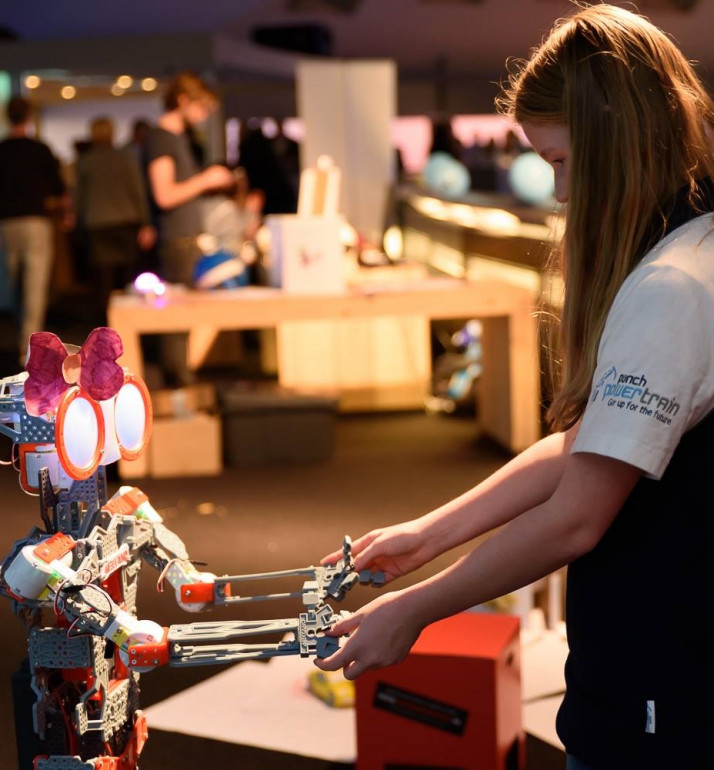
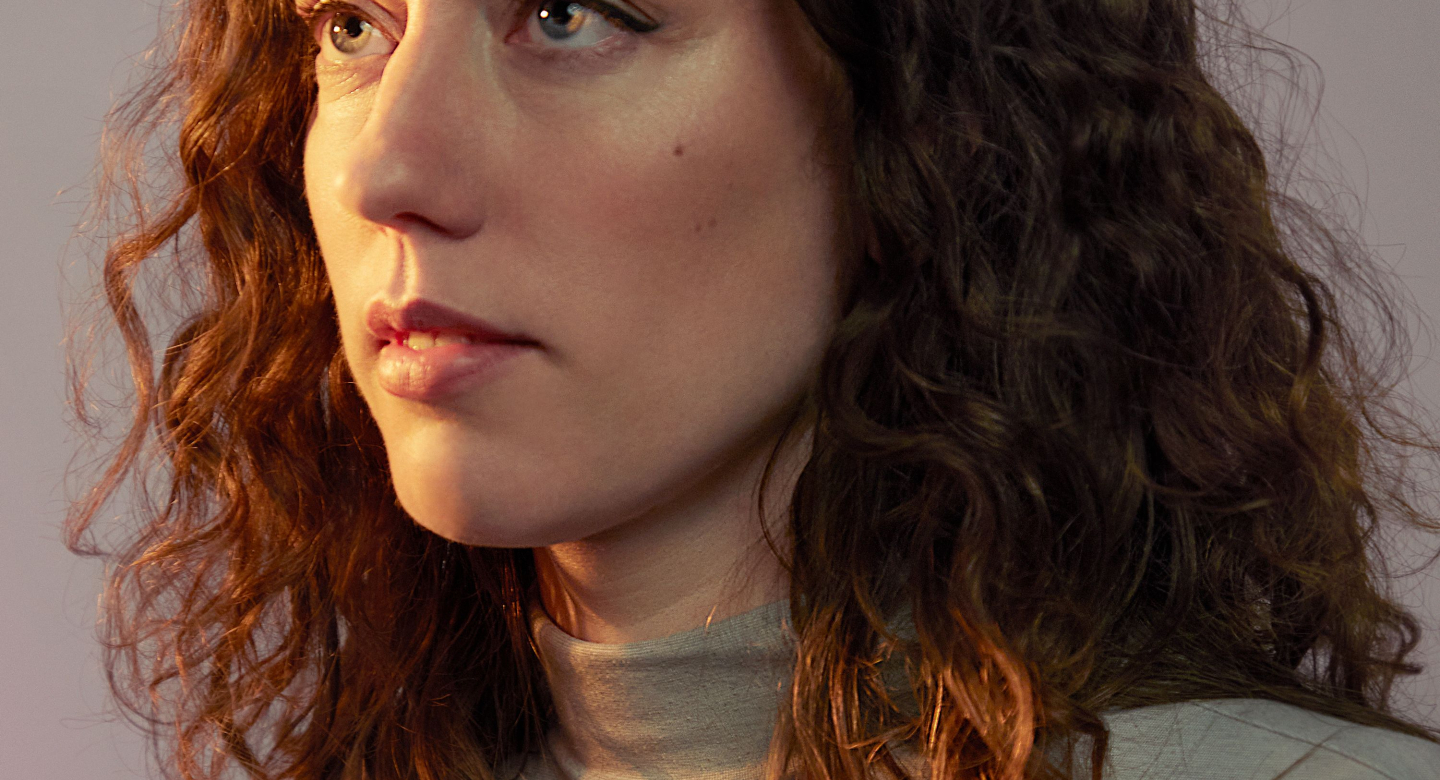
Visions for a solar future with Dutch designer
We spoke with Marjan van Aubel a Dutch designer and researcher specialising in creating sustainable products and materials that integrate solar energy into daily life.
Renewable energy technology is essential to achieving the transition to zero-emissions. As more and more governments are committing to achieving this goal, their ambitions are often met with resistance. What if aesthetics could make renewable energy sources like solar more attractive.
Marjan van Aubel is a Dutch designer and researcher who is doing just that ─ specialising in creating sustainable products and materials that integrate solar energy into daily life. She is known for her innovative approach to design, which lies at the intersection of technology, sustainability, and design.
Marjan has won numerous awards, including the Dutch Design Award and the Wallpaper Design Award. And her work has been exhibited in galleries around the world. Marjan’s work is contributing to the energy transition by promoting the use of solar energy as a viable and attractive alternative to traditional energy sources.
Her designs showcase the potential of solar cells to create clean energy from the sun. By integrating solar technology into her products, Marjan is helping make solar more accessible and appealing to consumers. This is accelerating the shift towards a more sustainable and low-carbon future.
I was inspired by the collaborative and well-considered design approach of V8 Architects, the company behind the pavilion. The Dutch mindset of collaboration and thoroughness was evident in the way that food, water, and energy were combined into biotopes that enriched each other.
Read our review of the NL Pavilion in Dubai here
I envision a future where solar energy is democratic, abundant, and shareable, without any monopolisation by energy companies. In my book there is an expert who talks about how we can learn from each other globally. For example, there are trading systems for energy in India and West Africa that can work as models for collaboration. As a designer, I see my role as integrating solar energy into everyday life and inspiring others to do the same.
I believe that beauty can be a powerful force in embracing new forms of energy. When something is beautiful, it creates a chemical reaction in the brain that draws people towards it. For example, designing wind turbines in a more aesthetically pleasing way could help overcome the NIMBY (not in my backyard) attitude towards renewable energy. The iconic Dutch windmill is over 400 years old. Its function is to generate energy, but we also consider them to be aesthetically pleasing. Who’s to say we can’t give new wind turbines the same future?
I am a designer, so I hope that when people look at my work they can change their mindset about not only solar energy, but the energy transition as a whole. I hope that people can see that it does not only have to be a technical solution, but it can be beautiful.
The solar industry is male-dominated. When we include more women in this field we bring a different perspective because of the way we’ve experienced the world, and that is key in ensuring an inclusive energy transition.
I am involved in the Solar Biennale, which provides a platform for young artists and designers to showcase their work. It also offers workshops to help people become solar designers. The Solar Biennale’s manifest outlines the criteria for connecting the technical world with solar design, and ensuring a collaborative future for energy and solar design. The previous Biennale was hosted in Rotterdam, and since it happens every two years it travels the world and is held in different geographical locations. It’s a very global topic and it’s really all about what we can learn from each other. We want to share knowledge and best practices and advance the field as a whole.
#NewDutch
#NewDutch is a mentality, a movement, and an international platform for Dutch innovation. Discover the makers of tomorrow on www.newdutch.nl and join us!
Dive in
-
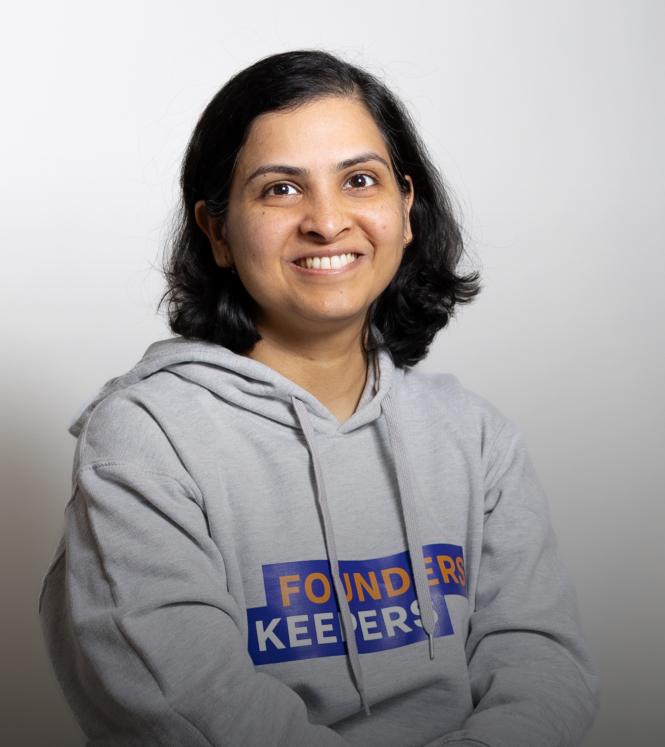
-

-
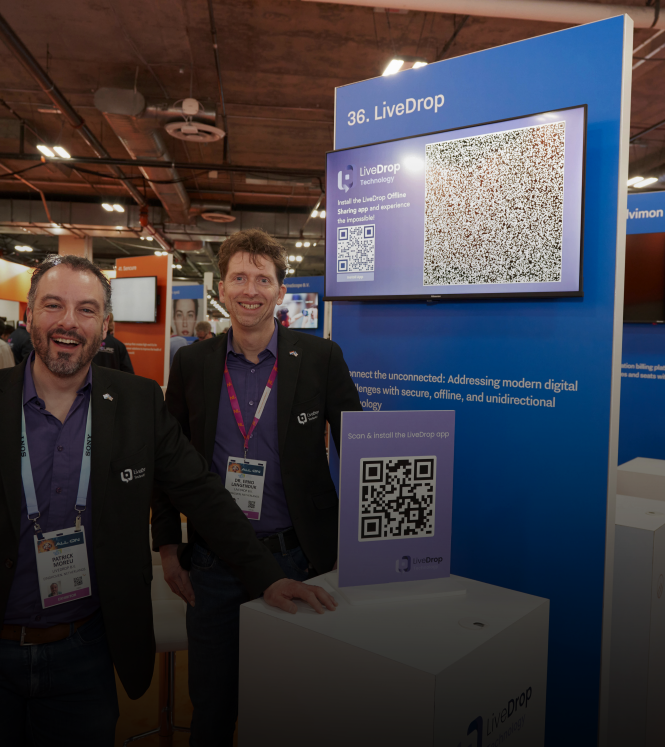
-
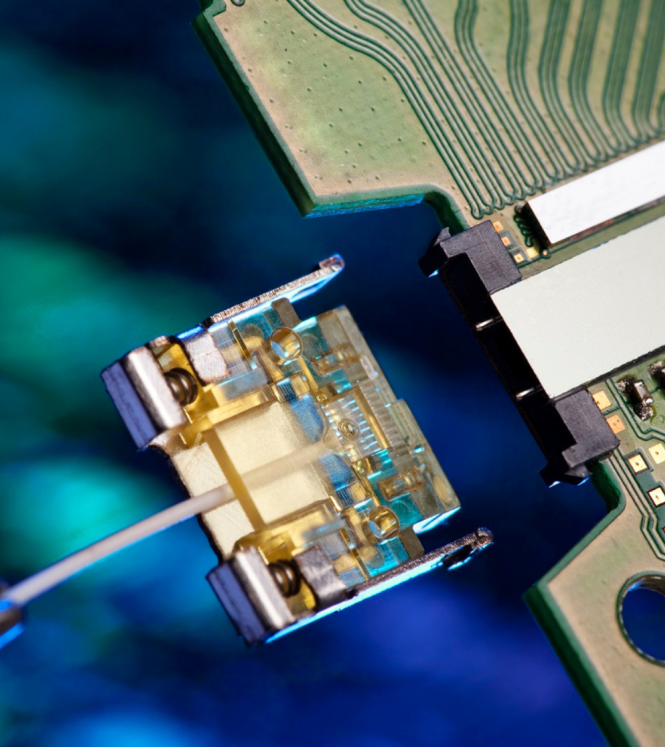
Dutch innovation for a safer, more sustainable future
Read more
